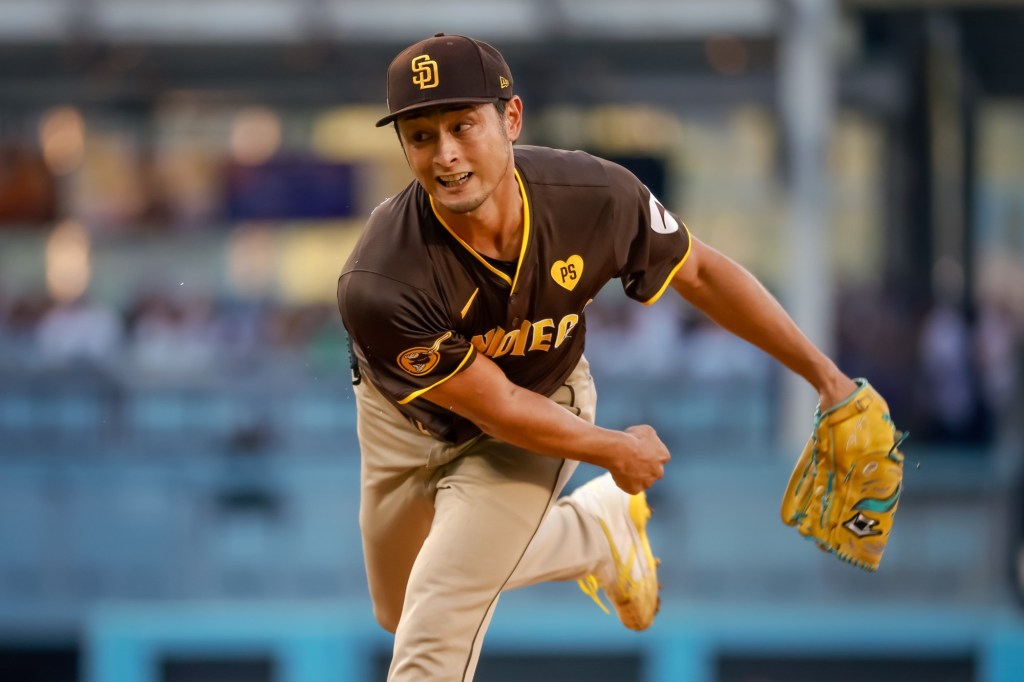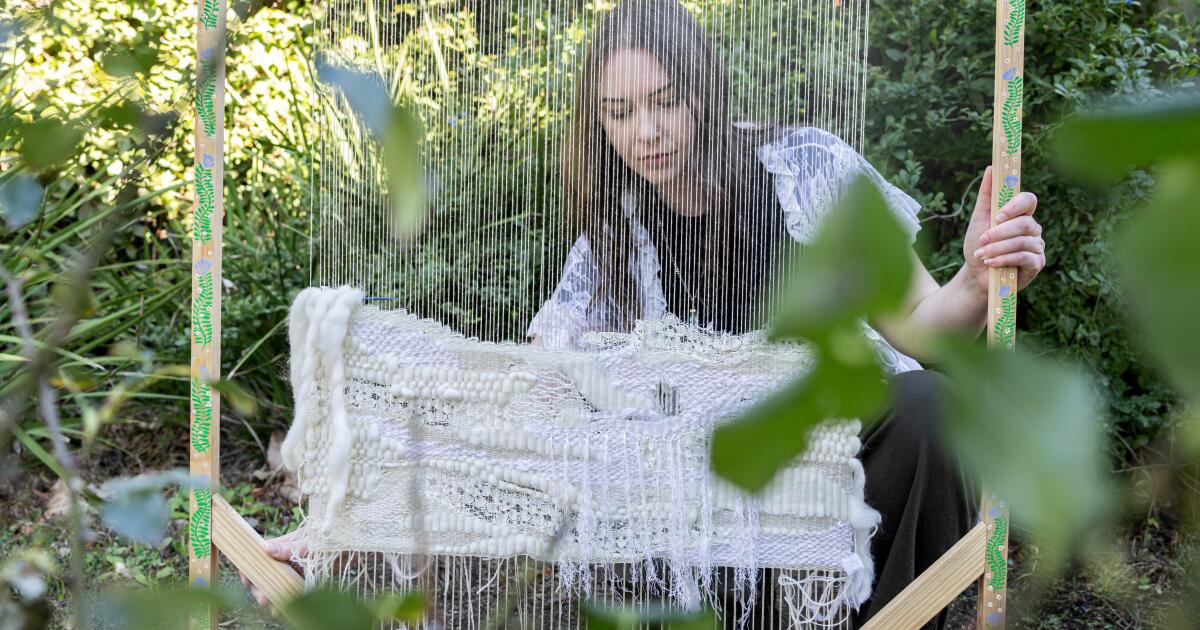Your Local SEO and Digital Marketing Experts in San Diego County
The usual Heisman Trophy debates swirl around first and second place, and this lap was no exception.
Arguments bounced from laptop to ear like a pinball machine. There were great and logical points for Boise State running back Ashton Jeanty. There were rationale rebuttals for eventual winner Travis Hunter, the two-way star at Colorado.
For my part, as a long-time voter dating back to my time covering Big Ten and Big 12 football in the Midwest, I chose Hunter. It was not easy, but his impact on both sides of the ball was singular.
The more interesting decision in my mind focused on third place.
Heisman voters pick their top three players in order. It would have been easy to slice and dice the campaigns of Oregon unbeaten quarterback Dillon Gabriel and flashy Miami counterpart Cam Ward.
The award has routinely been a quarterback christening, with seven of the last eight winners playing the position.
Neither quarterback flipped the script for his team more than Arizona State’s versatile Cam Skattebo. The running back sparked a team picked dead last in the 16-team Big 12 to a bye in the College Football Playoff.
Skattebo was second in the country in all-purpose yards as a back and receiving threat, trailing only Jeanty. He was No. 2 in total offense, behind Ole Miss quarterback Jaxson Dart.
There’s more.
Skattebo’s 1,568 rushing yards were No. 5 in football. His 19 rushing touchdowns tied for eighth most. He also finished as the Sun Devils’ second-leading receiver with 506 yards on 37 receptions and three scores.
No other player in Big 12 history has finished with 1,500 rushing yards and 500 receiving yards in the same season.
Needle-mover and historic.
And he found the next gear.
“His contact balance is what separates him,” coach Kenny Dillingham told The Arizona Republic. “Last year he had that contact balance, but he wasn’t in the best shape. He didn’t have breakaway speed. He wasn’t there yet and we had a really good heart-to-heart in the offseason about what he needed to do to take the next step and he took on all those challenges.
“He got in the best shape of his life. He added some speed now to extend and make long runs. He’s stronger than he’s ever been. When he plays with a great pad level he creates a collision and then he has great contact balance. It’s a really, really good combination.”
No players outside of Jeanty and Skattebo were so prominent in the plans of opposing defenses. They were the stop-them, stop-the-team guys, though defenses rarely did.
The 5-foot-11, 215-pound bowling ball Skattebo looked like former NFL kicker Sebastian Janikowski in a smaller frame. His tree-trunk legs seem plucked from a comic book. He’s not only unafraid of contact, he hammers through it like a snow plow in a blizzard.
The combination of him being low to the ground and so sturdy makes him a tackling nightmare.
And most telling: Where would the Sun Devils be without Skattebo?

If Oregon did not have Gabriel, there still would be talent galore to lean on at the resource-rich (read NIL-rich) university. Miami fell short of the College Football Playoff. Arizona State was coming off consecutive 3-9 seasons before Skattebo’s massive legs paved the way.
Skattebo shined when the moments were biggest, again and again.
He had 159 yards and two touchdowns to beat then-No. 16 Utah, 117 total yards to topple No. 20 Kansas State, 177 rushing yards and three touchdowns to best No. 14 BYU and 170 yards and three total touchdowns in a 45-19 rout of No. 16 Iowa State in the Big 12 championship game.
They don’t thrive during that grind without him.
It’s a stunning college football story for a player who began his career at FCS Sacramento State. He rose from the sub-FBS level to wildly alter the trajectory of a team that finds itself in the hunt for the national championship.
Another hurdle Skattebo faced was the have-and-have-nots gulf and geography of where he played.
Programs like Oregon and Miami lure more eyes because of their history. Some of that is earned, of course. Some of that is the sense of bluebloods in college sports.
The double whammy is playing in the West, which always proves a challenge against the glut of East Coast and Midwest eyeballs. The SEC and Big Ten dominate college football’s consciousness.
The perception playing field rarely feels even.
Four of the previous five winners played in the SEC. Only two of the trophy-hoisters in the last two decades — USC’s Caleb Williams in 2022 and Oregon’s Marcus Mariota (2014) — played out West.
That’s a tough trendline to hurdle.
Skattebo finally will have the country’s undivided attention when the Sun Devils face the winner of the Texas-Clemson game during the Jan. 1 Peach Bowl.
He deserved a Heisman trip to New York.
Your Local SEO and Digital Marketing Experts in San Diego County










